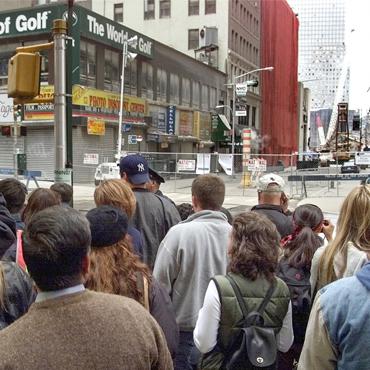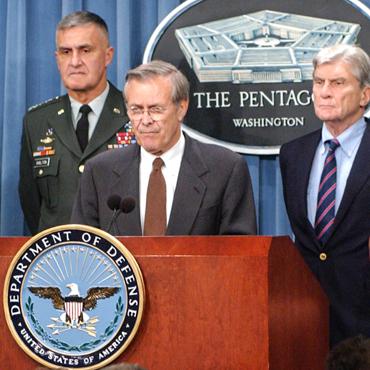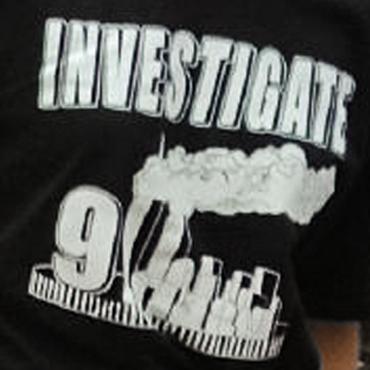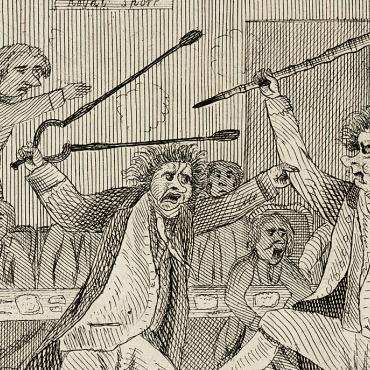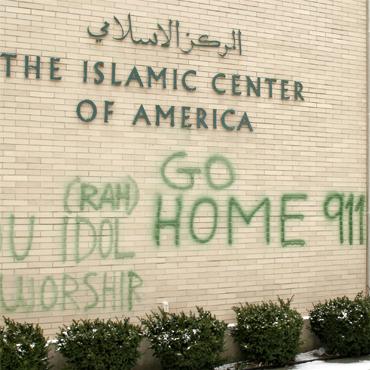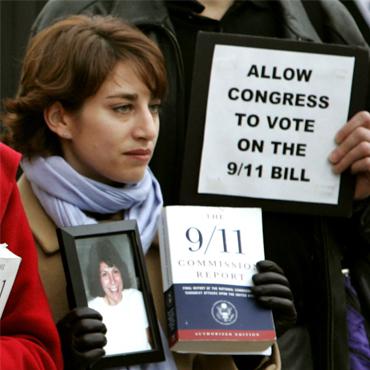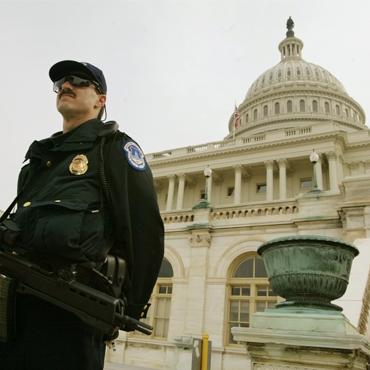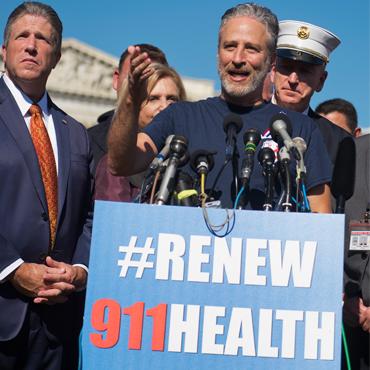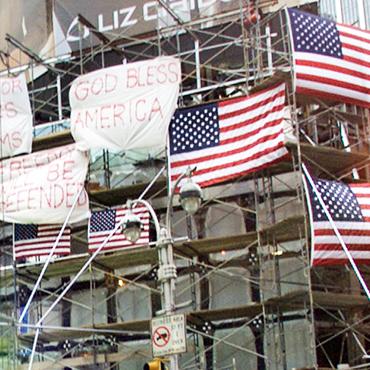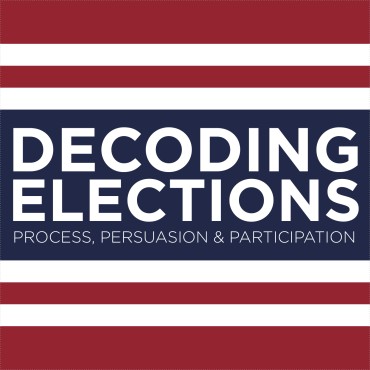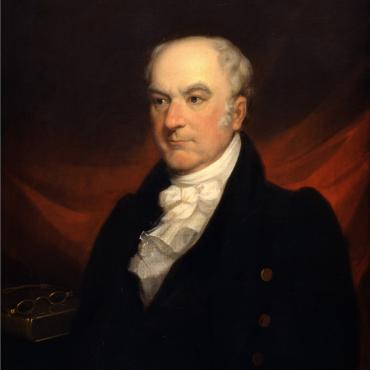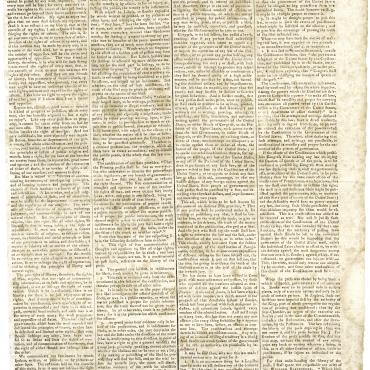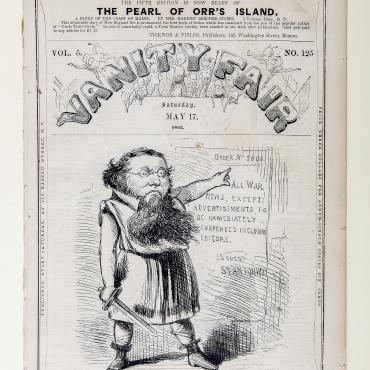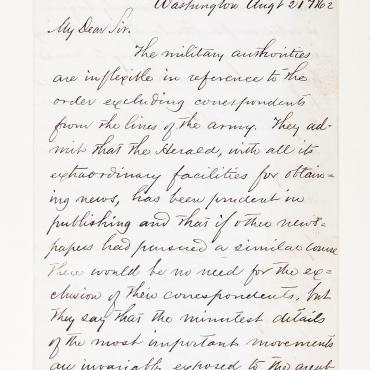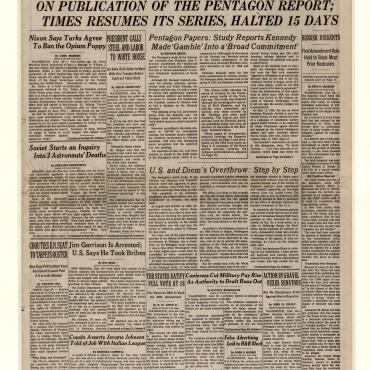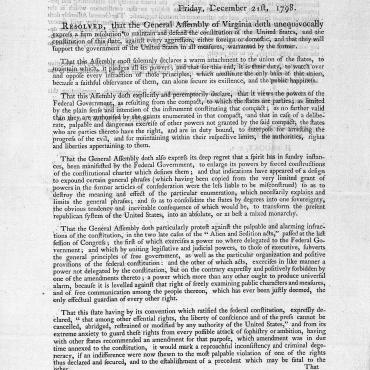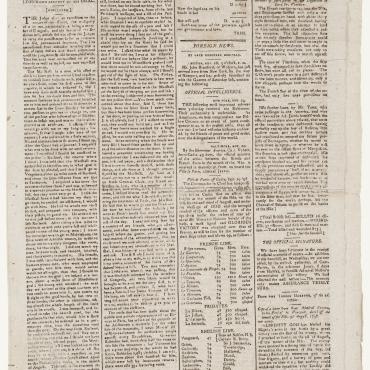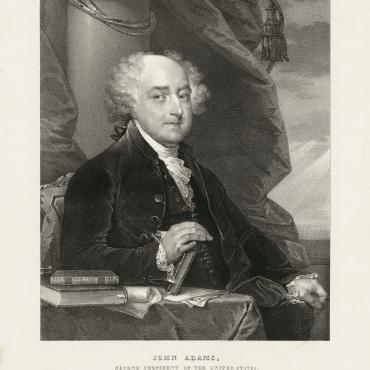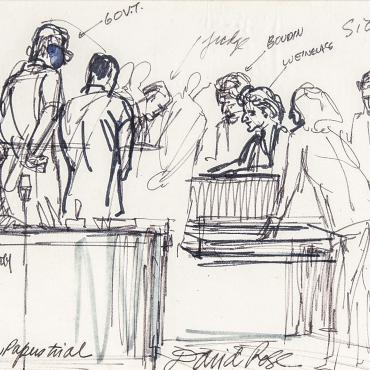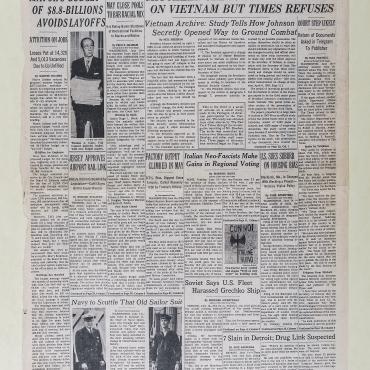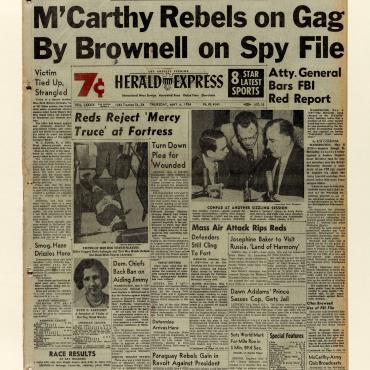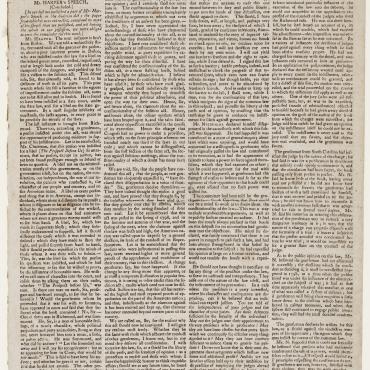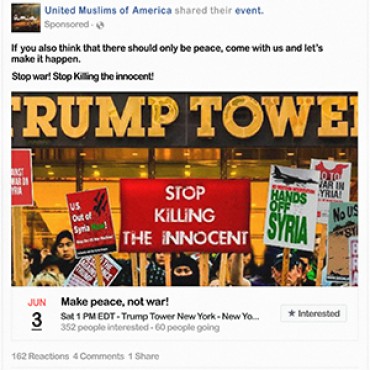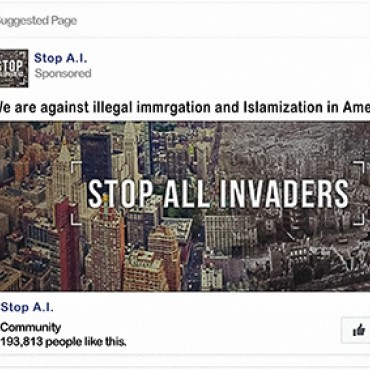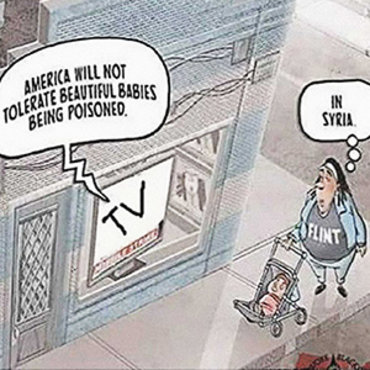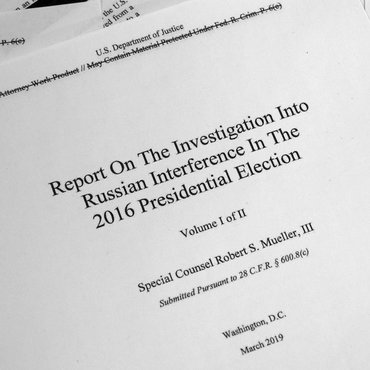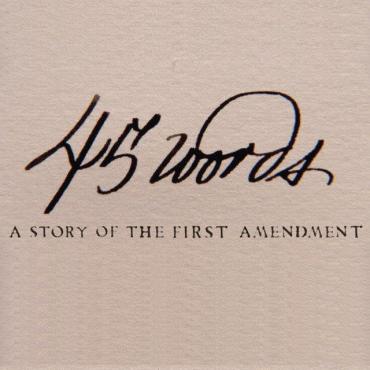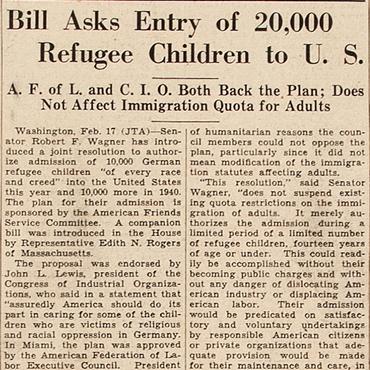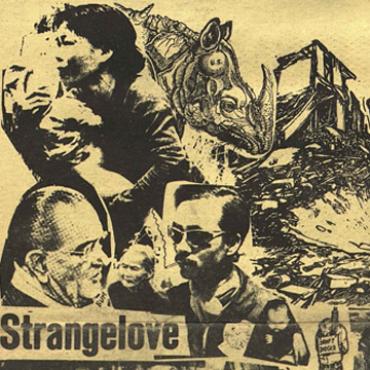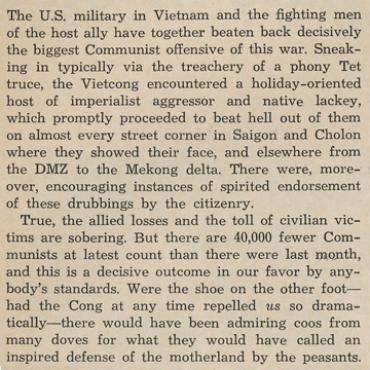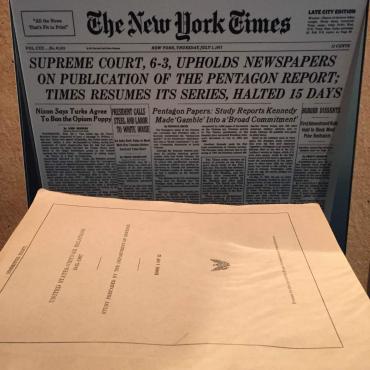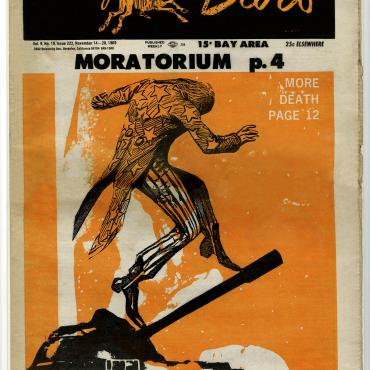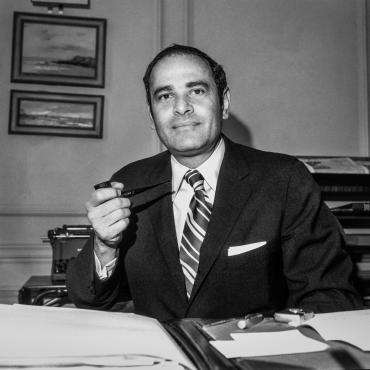2010: Advancing Peace or Terror?
Should the First Amendment protect giving advice to a designated terrorist organization?
Get even more great free content!
This content contains copyrighted material that requires a free NewseumED account.
Registration is fast, easy, and comes with 100% free access to our vast collection of videos, artifacts, interactive content, and more.
NewseumED is provided as a free educational resource and contains copyrighted material. Registration is required for full access. Signing up is simple and free.
With a free NewseumED account, you can:
- Watch timely and informative videos
- Access expertly crafted lesson plans
- Download an array of classroom resources
- and much more!
- National Security
- Politics
- War
- 9-12
- College/University
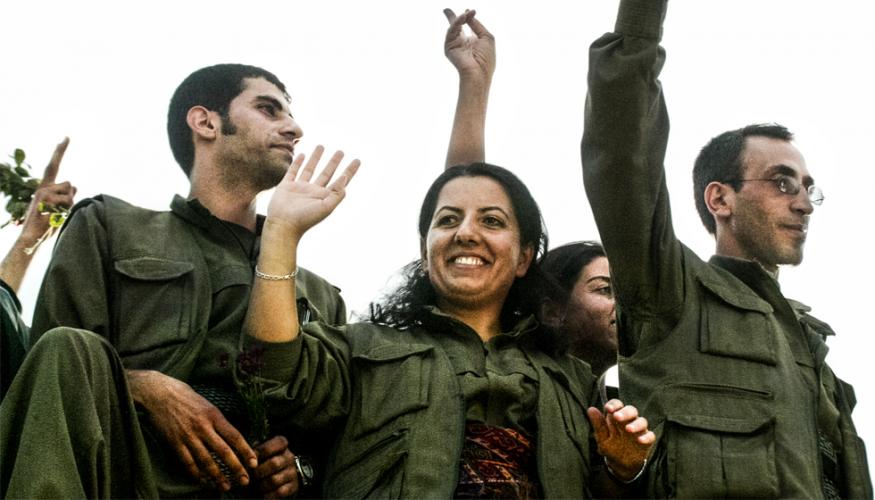
Members of the Kurdistan Workers Party.
Looking Back: 9/11 Connections
Use the artifact viewer to explore the image below and discuss the following questions:
- What happened/is happening in this image? What story does it tell?
- How is this image connected to the events of Sept. 11, 2001?
- How could you use this image to make an argument about the state of freedom in the U.S.? About national security?
What would you do if you were asked to use your freedoms of speech and political association to help a designated terrorist organization?
You work for a U.S. organization dedicated to protecting human rights and promoting peaceful resolution of armed conflict. Your organization is recognized by the United Nations.
You wish to advise a foreign group about how to abandon violence and bring its grievances before the United Nations. However, a 1996 law makes it a federal crime to provide “material support or resources to a foreign terrorist organization” and the U.S. government has formally designated this foreign group as a terrorist organization. In addition, in 2001, shortly after the 9/11 terrorist attacks, Congress updated the definition of material support to include expert advice.
What do you do?
-
Help the group.
It’s not up to you to monitor all of its activities. Challenge the law, if necessary.
-
Help, but be careful to limit your support to peaceful humanitarian projects.
By doing this, you can help bring about international peace and promote “rule of law.”
-
Do not help the group at all.
Providing advice gives the group legitimacy and is illegal.
-
Something else.
Explain your idea.
- Should giving written or spoken advice about how to bring a group’s political grievances to the United Nations count as “material support”? How is giving advice different from giving money or supplies?
- Could advising this group potentially change them from being a terrorist organization into something more peaceful? If so, how?
- Could advising this group potentially lead to new conflicts and/or national security risks? Why or why not?
- Can you be sure the group will interpret and use your advice for peaceful purposes?
Have students use the Analyzing Evidence and Making Your Argument handouts to collect and organize additional information about the case, then form an argument supported by evidence. Give groups 30 minutes to prepare, or assign as homework. (Note: Students may wish to organize their sources and evidence using a spreadsheet, such as Google Sheets.)
-
Common Core State Standards: CCSS.ELA-LITERACY.CCRA.SL.3
Evaluate a speaker's point of view, reasoning, and use of evidence and rhetoric. -
Common Core State Standards: CCSS.ELA-LITERACY.CCRA.SL.4
Present information such that listeners can follow the line of reasoning and the organization, development, and style are appropriate to task, purpose, and audience.
-
NCSS C3 Framework: D4.1.6-8 and D4.1.9-12
6 - 8: Construct arguments using claims and evidence from multiple sources, while acknowledging the strengths and limitations of the arguments. 9 - 12: Construct arguments using precise and knowledgeable claims, with evidence from multiple sources, while acknowledging counterclaims and evidentiary weaknesses.
-
ISTE: 7d. Global Collaborator
Students explore local and global issues and use collaborative technologies to investigate solutions.
-
National Center for History in the Schools: NCHS.US History.Era 10
Standard 1: Recent developments in foreign policy and domestic politics Standard 2: Economic, social, and cultural developments in contemporary United States
-
Center for Civic Education: CCE.V
A. What is citizenship? B. What are the rights of citizens? C. What are the responsibilities of citizens? D. What civic dispositions or traits of private and public character are important to the preservation and improvement of American constitutional democracy? E. How can citizens take part in civic life?

